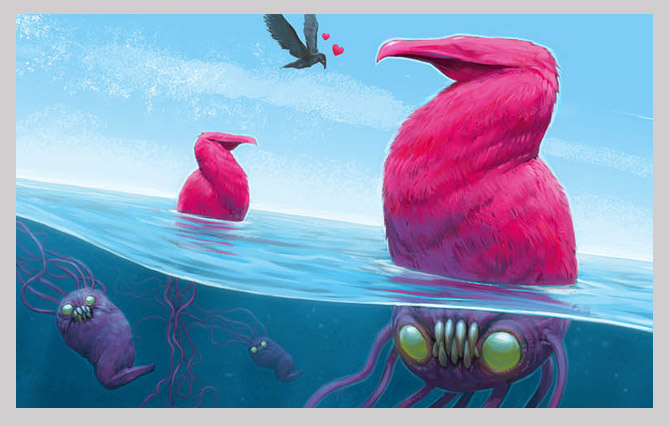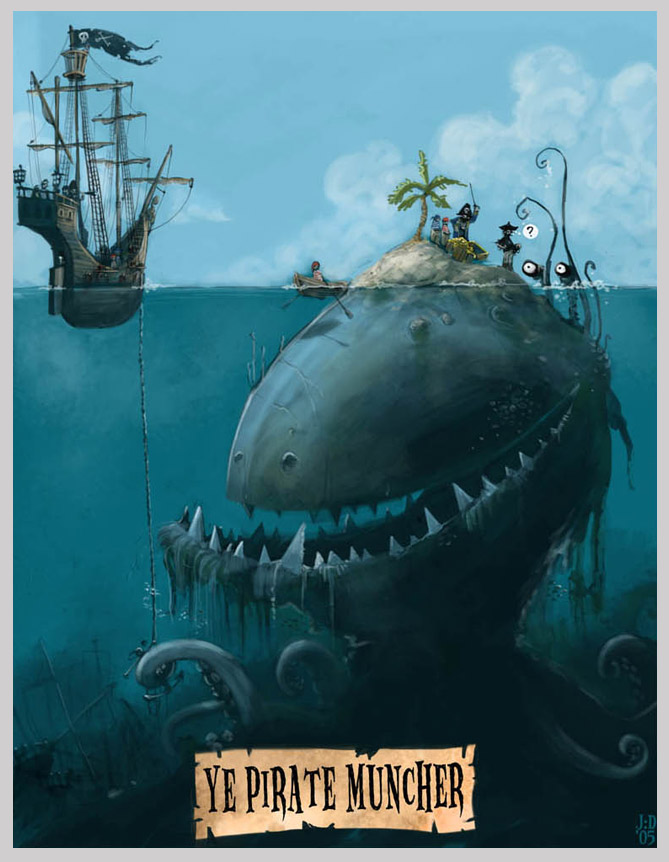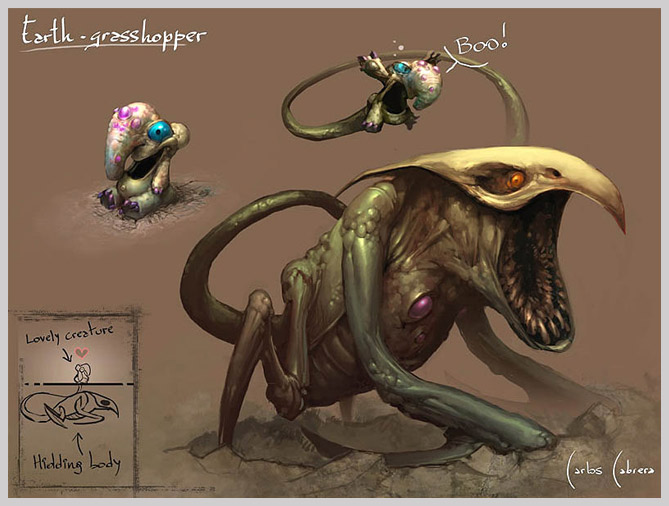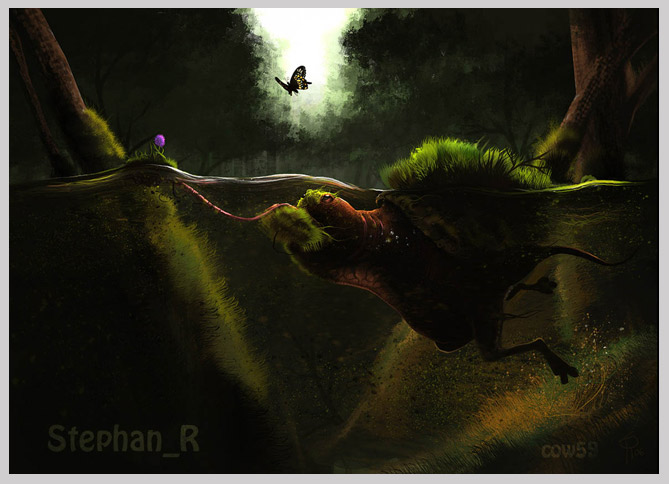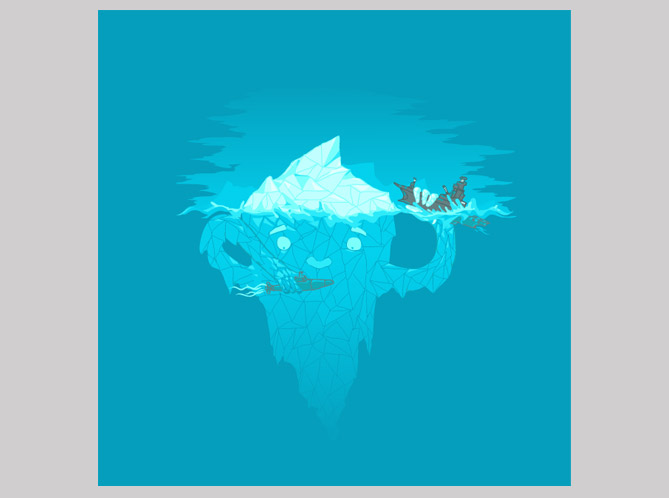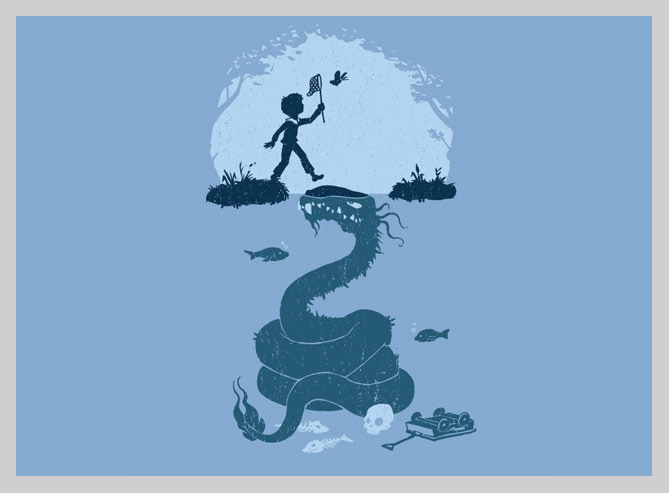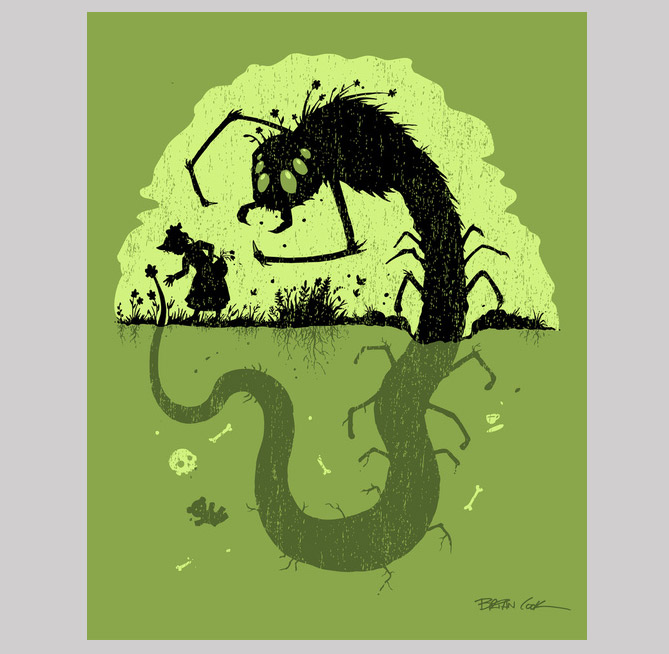This is my first post on banner ads, and as such it is also going to serve as a bit of an introduction into how we use banner ads at eRetailing. (At eRetailing, customers use our design centers to add text and art to apparel and other products, which we then print on demand. To learn more, ready my post on our flagship site, Customized Girl.) If you want to skip to the Facebook vs Fansite argument, scroll down a bit.
I do a lot of banner advertising on the Google Display Network. I’ve used all kinds of networks over the years, including AdBrite, Chitiqa, and others, but Google has always been the best. This is because Google has the largest inventory (thanks to Adsense) and the best method of targeting: keyword (aka contextual).
At eRetailing we make sure every ad dollar we spend results in a direct Return On Investment. Maybe someday we’ll engage in more “brand” advertising, and we’ll use TV or billboards or Yahoo to try to sink into the public subconsciousness, but right now it’s all about making the most money possible with each individual dollar. Luckily for us, the internet exists which makes this super easy.
[Briefly: we’ve tried other forms of targeting. Network targeting (bidding on specific domains) can be just as good as keyword when used correctly. Retargeting is ok. Not surprisingly, it works better the more specific you get, such as targeting visitors who added something to the shopping cart but never checked out. But beware, retargeting is a terrible idea if you’re paying per conversion and the ad network is counting “view-through” conversions. In this case, you are essentially paying a third party simply because your company has repeat customers. Behavioral targeting, like the kind Yahoo uses for banners, is simply for not us. Yahoo wants you to spend a huge sum of money up front so that you can “back in” to your targeting goals. Even once the “backing in” occurs, the ROI probably won’t match up to keyword targeting.]
The key, for us anyway, is using image ads to plant a very clear idea in our viewers’ minds. We prepare our users so that they have a very specific set of expectations and when they click on one of our ads we immediately satisfy these expectations on the landing page. We do this by featuring the design on the item (often a t-shirt) as largely as possible on the banner. The design (like “Matt’s Tight End” on a pair of hot shorts or “Welcome Home Soldier” on an army wife t-shirt) needs to be simple with big block letters and high contrast. It needs to be “immediately readable”, which is to say, if someone glances at it out of the corner of their eye, they should immediately understand what it is.
[Briefly, again: in my experience, this is not achievable with text ads on Google’s Display Network. We’ve run many tests with display text ads and have earned a (nearly) zero percent conversion rate. Text ads simply can’t build the perfect expectations in our users’ minds the way an image ad can. I also suspect most clicks on text ads from the display network are accidental.]
Our best results using keyword targeted banner ads, without question, have come from fansites. By fansites, I mean any site that was built to serve the fans of one particular concept, from fans of running, to fans of the latest video game, to fans of young adult novels about vampires.
[Briefly, for the last time: if we ever decide to advertise on a particular piece of pop culture, we go out of our way to avoid copyright infringement. We only cater to fan-created ideas, like Team Edward or Team Jacob. No one owns the copy right to a first name like Edward, right? Right. Unfortunately someone did eventually purchase a “Team Edward” trademark, and at that time we immediately stopped all advertising related to vampires. I think it’s pretty silly to stop your fans from showing their support for you, but that’s a post for another day.]
It’s great to advertise on fansites because fans go there to completely geek out about a certain topic. While they are there, they are devouring everything they can about whatever interests them. If your ad is relevant, it essentially becomes part of the site content. Fans are willing to look at your ad and think “Hey, that’s something I want!”
Interestingly, Facebook offers a similar targeting system. When you create your ad on Facebook, you can say “Okay, I want this to show up for anyone who is interested in running, or the latest video game, or young adult novels about vampires.” We can reach the same people who are devouring our ads on fansites! It’s great! Except it isn’t.
It’s easy to think that the same surfers would be happy to see your ad wherever they are on the web, but that’s not the case. People are on Facebook (and formerly MySpace – yes, we tried that too) to communicate with their friends. They’re planning trips. They’re wishing you a happy birthday. But they are not geeking out over one of their passions. And they certainly aren’t shopping.
Here are some examples of banner ads and their corresponding landing pages:
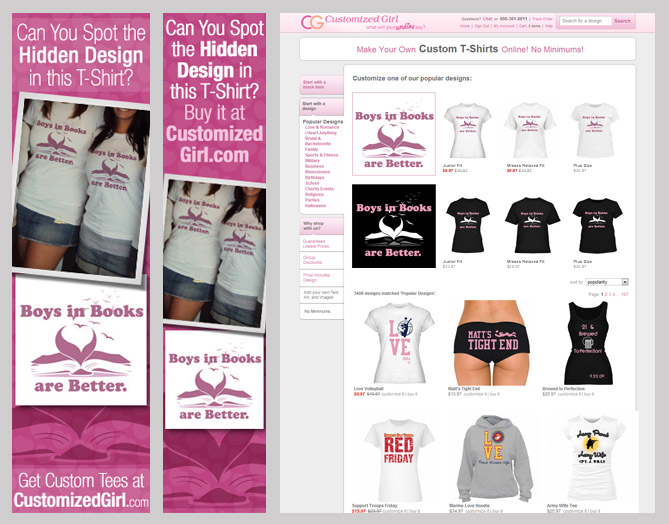
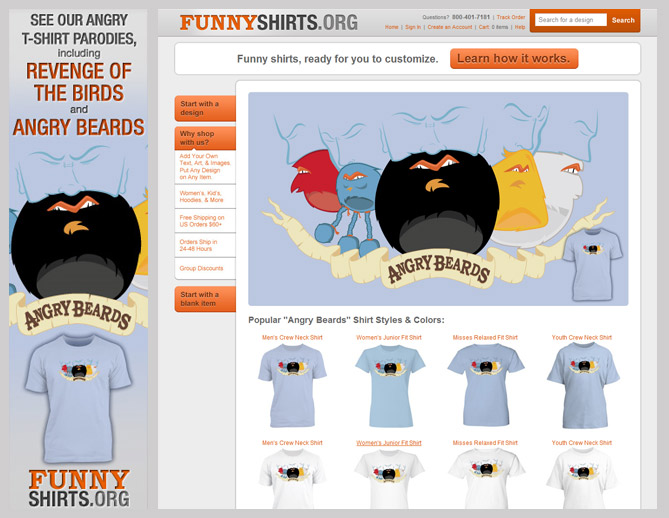
Update: June 15, 2016. Well, in May of 2011, this post was pretty accurate. Of course, things have changed since then. Facebook has rolled out all kinds of great tools for advertisers, especially their remarketing pixel and their lookalike audiences. I do a lot more advertising on Facebook these days, but I don’t always enjoy it. There are some major issues with the way they report conversion metrics. Specifically, I think Facebook knows exactly who is about to checkout on your site (because they visited a page with “cart” or “checkout” in the URL) and then they display an ad to that user, and claim “credit” for the view-through conversion. But alas, that’s a post for another day…

